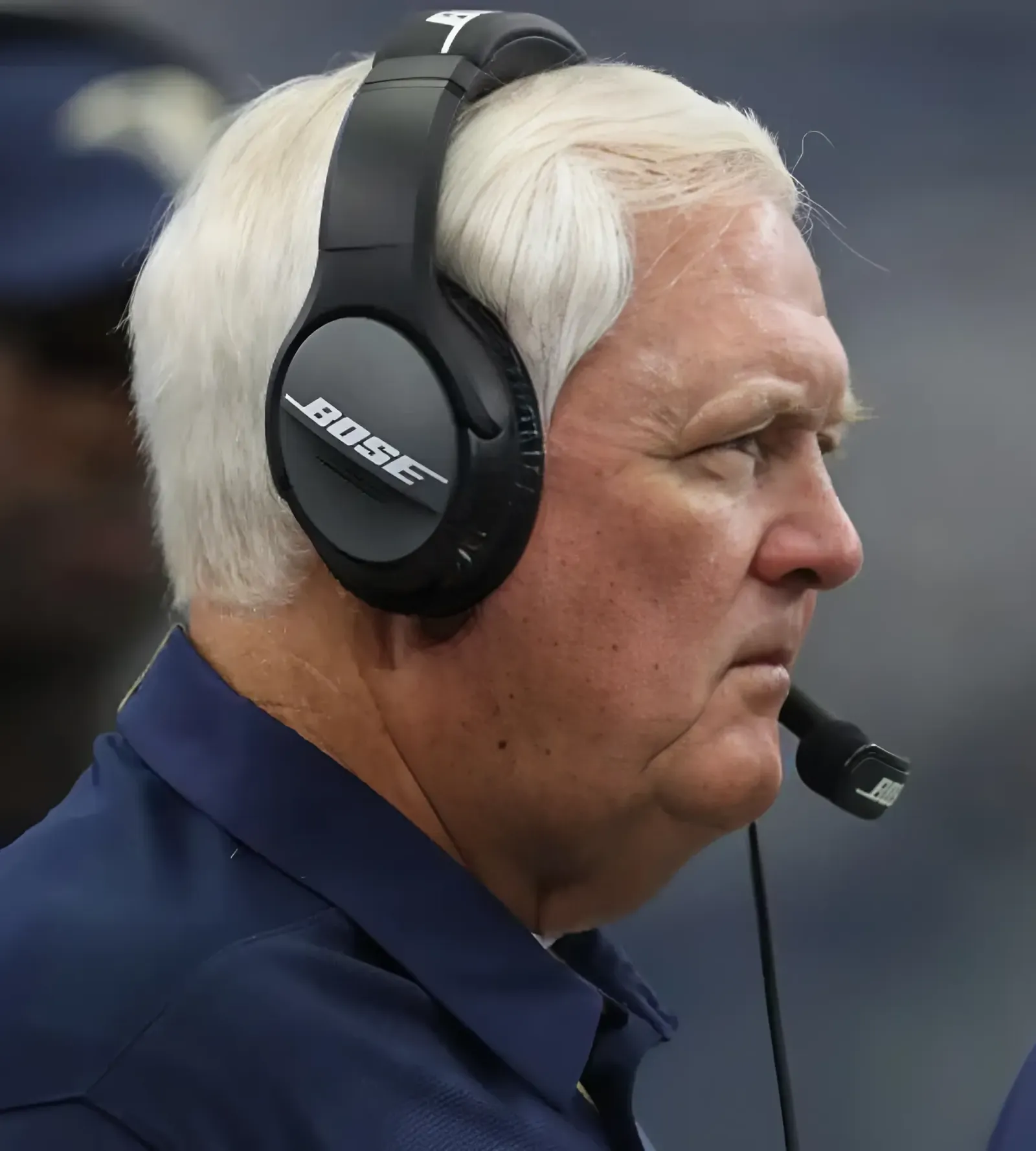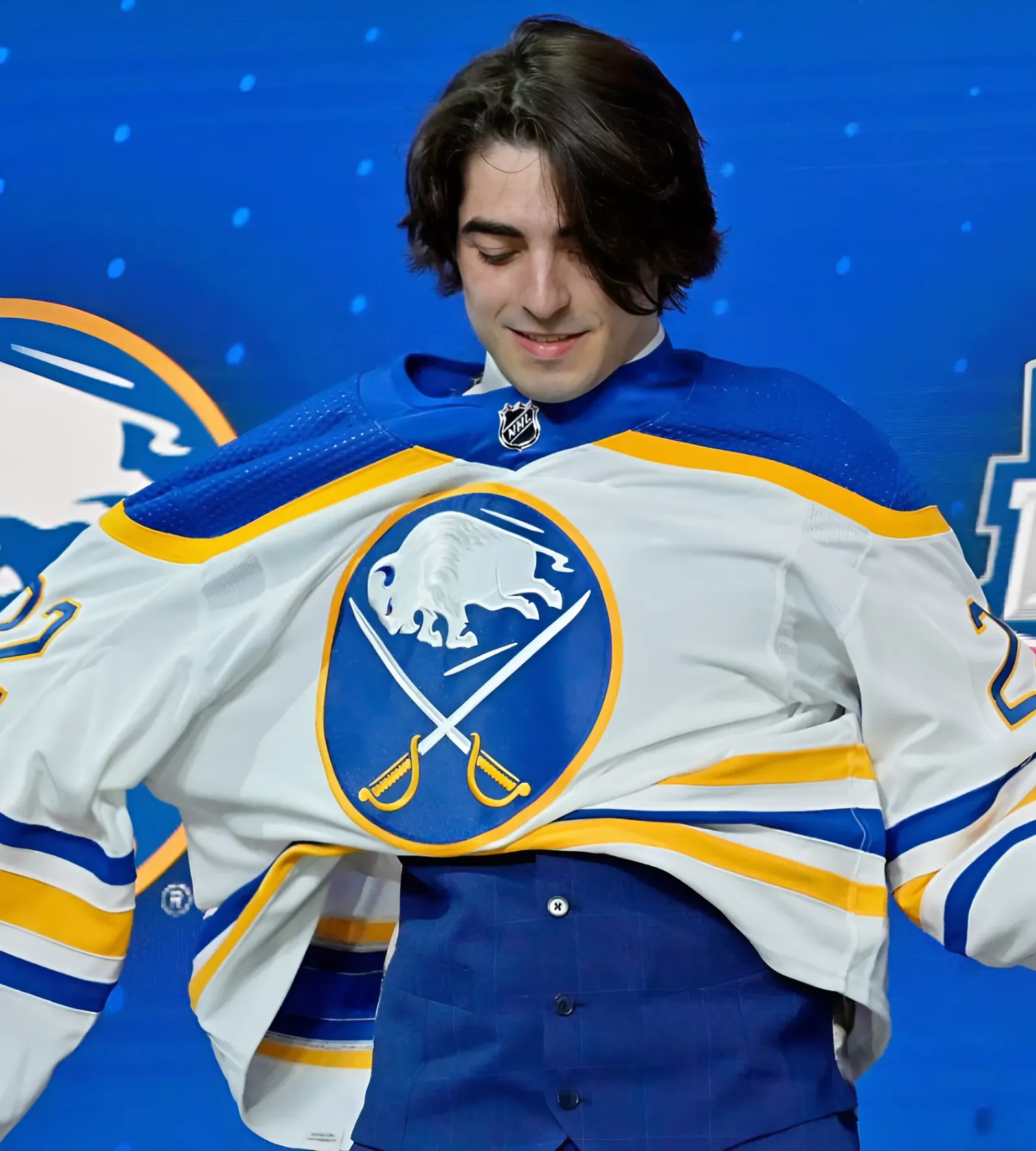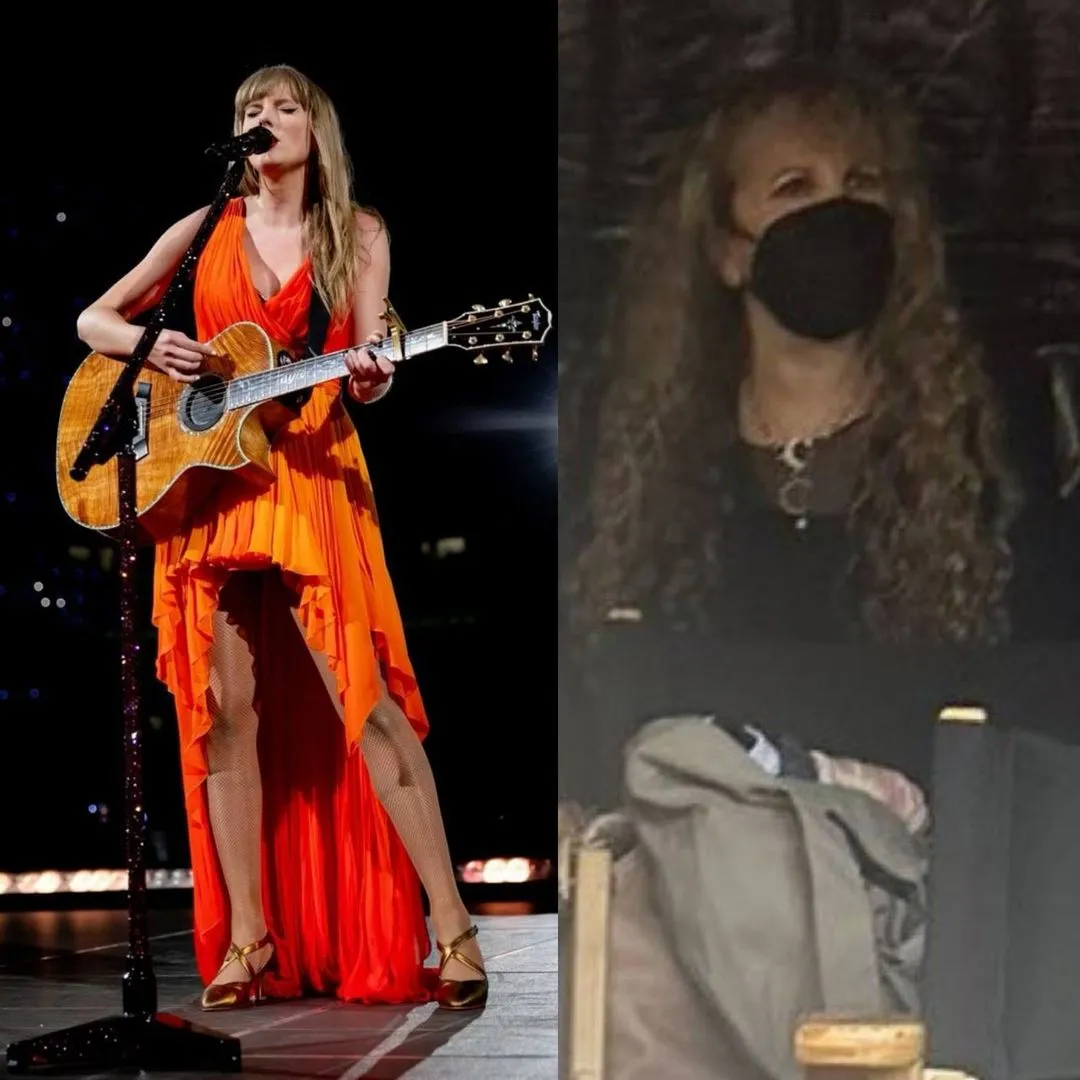
The Buffalo Sabres announced Friday that they traded top-tier prospect Matthew Savoie to the Edmonton Oilers in exchange for center Ryan McLeod and forward prospect Tyler Tullio. The trade was a clear move to upgrade the forward corps immediately by adding the 24-year-old McLeod. He will immediately slot into the third-line center role, improving the depth down the middle and taking a lot of pressure off Peyton Krebs.
Trade value is tough to distinguish, especially since the Sabres have an overabundance of top forward prospects and the Oilers have plenty of center depth. Preference certainly played a role in who Edmonton wanted to acquire. Positional value weighed into the deal as well. The Sabres were likely to shift Savoie to the wing with Jiri Kulich, Noah Ostlund, and Konsta Helenius filling the center pipeline.
The “winner” and “loser” of a trade like this cannot be determined on day one, so let’s focus on what the Sabres acquired to improve the 2024-2025 roster. McLeod is a unique player in the NHL, and the Sabres should be able to utilize him to his fullest.
Ryan McLeod
Speed
The first thing that you’ll notice about McLeod is his speed. It’s tough to impress people with your skating when Connor McDavid is your teammate but with McLeod it is noticeable. NHL Edge’s top speed skating metrics put him in elite territory. He had the 10th-highest top speed in the NHL last season, and the fifth-highest total speed bursts over 20 miles per hour.
Only Nathan MacKinnon, McDavid, Brayden Point, and Roope Hintz had more bursts over 20 mph. Since they are all top-line centers, McLeod is unique in that his skating ability complements a middle-six role.
Attributes
Looking at his attributes, the defensive matchup ability suits McLeod’s game well. He’s consistently forcing play into the offensive zone, and shot attempts heavily favor his team when he is on the ice. He also is a strong playmaker and a good finisher, providing offensive elements to round out his game. On the penalty kill, his speed and size, at 6’3″, help pressure the outside and lead to turnovers for easy clears or shorthanded counter-attacks.
Interestingly his closest comp is Zach Benson, who at 18 years old showed a knack for forechecking, driving play, and creating offense as a result. Benson doesn’t have McLeod’s top speed, but the two could be a menace to play against on Buffalo’s third line.
Pius Suter is another interesting similar player, as he helped vastly improve the Vancouver Canucks’ record last season. Suter is like McLeod in that he is responsible defensively as a center, but can play up the lineup as a winger and contribute offensively. Suter registered 29 points in 67 games, while McLeod had 30 points in 81 for the Oilers.
Lineup Fit
The Sabres lineup looks much more balanced now, with McLeod slotting in at third on the depth chart. Here’s a look at how the Sabres’ forward lines could look come October, given Krebs signing and no other moves being made.
JJ Peterka – Tage Thompson – Alex Tuch
Jason Zucker – Dylan Cozens – Jack Quinn
Zach Benson – Ryan McLeod – Jordan Greenway
Beck Malenstyn – Peyton Krebs – Sam Lafferty/Nicolas Aube-Kubel
Before the trade, Krebs was one injury away from being Buffalo’s second-line center. He showed little to convince he’d succeed in such a role, so pushing him back onto the fourth line is much better for positional depth.
McLeod slots in between Benson and Greenway, who were very good as a shutdown pair in stretches with Cozens last season. Cozens is now freed up to handle more offensive duties, as he searches to regain his 31-goal form from 2022-2023.
Ideally, the Sabres make another trade to push Zucker to the third line, as he’s not the top-six producer he once was. This would make the Sabres more flexible throughout the top nine and allow for better adjustments when injuries occur.
Still, the lineup looks much stronger with McLeod in the mix. They’re a fringe playoff team by PuckLuck metrics as they stand, which is more than they have been able to say for a long time.
Featured: Former Sabres Still Looking for Homes in Free Agency
System Fit with Ruff
One nugget about McLeod and the current Sabres coaching staff is that his brother, Michael, played under new head coach Lindy Ruff in New Jersey. Off-the-ice concerns aside with Michael, he thrived under Ruff as a physical, defensive, play-driver. Michael McLeod was also elite at faceoffs, winning 65% of his draws in 2023-2024.
Ryan McLeod wasn’t as successful in the faceoff dot, winning 50.8% of his draws last season. He does play a similar role though. Ryan’s a more offensively gifted player and not as physical as his brother, but still someone who should be trusted in a matchup role and fit nicely within Ruff’s scheme.
Conclusion
Trading a “what could be” for a known commodity is a gamble, but usually, it’s a safer call on the side receiving the known commodity. In that sense, the Sabres did well to trade for McLeod to fill an immediate need on the roster.
Can Matthew Savoie turn into a top-six producer, even as a right winger? Of course, but given the logjam of players on the same development path as him, someone had to be sacrificed to improve the 2024-2025 team.
This trade will be an interesting one to revisit in five years. Until then, the Sabres acquired a versatile, analytically sound center and a prospect for a blue-chip unproven first-round talent.



